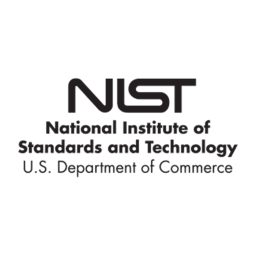NIST CSF

Summary
The NIST Cybersecurity Framework is a guidance based on existing standards, guidelines and practices for organizations to better manage and reduce cybersecurity risk. This set of requirements was developed by the National Institute of Standards and Technology (NIST) in close collaboration with the private sector. The version used in this section NIST CSF v2.0.
Definitions
free trial
Search for vulnerabilities in your apps for free with Fluid Attacks' automated security testing! Start your 21-day free trial and discover the benefits of the Continuous Hacking Essential plan. If you prefer the Advanced plan, which includes the expertise of Fluid Attacks' hacking team, fill out this contact form.